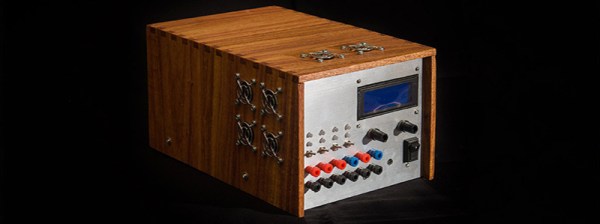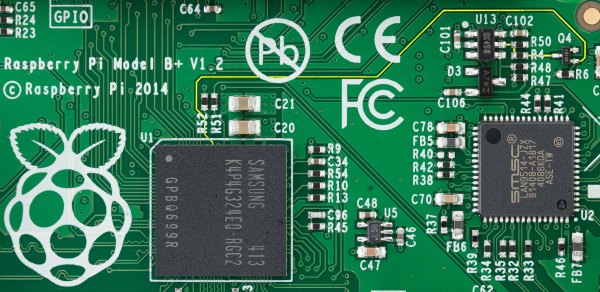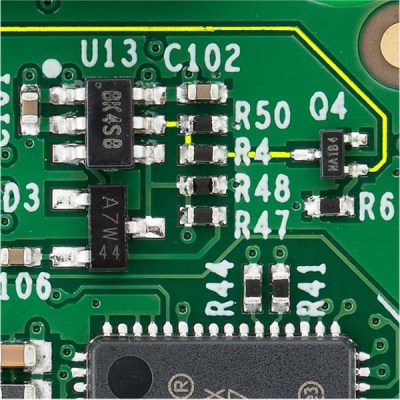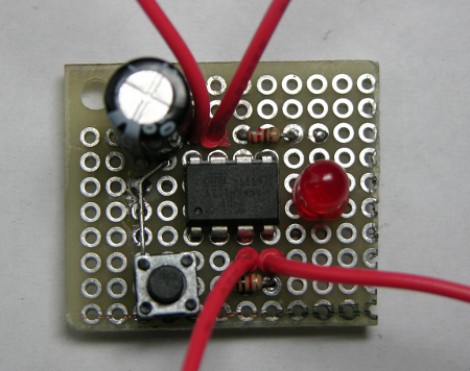One of the more popular projects for beginners in electronics is a power supply. Yes, you can always go to Amazon and buy a nice power supply, but unfortunately, we haven’t set up our Amazon affiliate links yet. Instead, we’ll have to go with the next best thing and check out [Tron900]’s mini bench power supply build. It’s extremely capable and cute as a button.
The design goals for this project were to build a small and compact unit using mostly salvaged and recycled components, with all through-hole circuitry. The best guide you’ll ever find for a DIY power supply is one of [Dave Jones]’ earlier video series going over the construction of an adjustable power supply based on an LT3080. [Tron] didn’t have this regulator on hand and wanted to base his design around an op-amp instead. After rummaging through his parts, he found what he was looking for: a TIP3055 power transistor, a neat enclosure that could double as a heatsink and an AD680 voltage reference.
The design of this power supply was simulated in SIMETRIX, and after a few revisions [Tron] had a circuit that worked reasonably well. The circuit was populated on a piece of perfboard, a fantastic front panel was constructed, and one of those ubiquitous volt/ammeter panels added.
This is just a one-off project, but the results are fantastic. This is a very small, very capable power supply that does everything [Tron] needs. It’s accurate enough, at least when measured with a fancy benchtop HP meter, and looks adorable. What more could you want in a benchtop power supply?
























